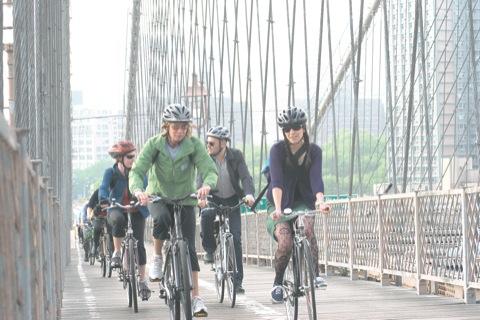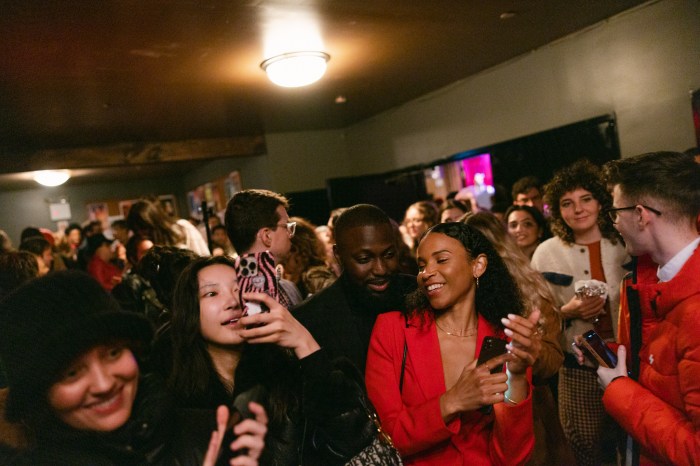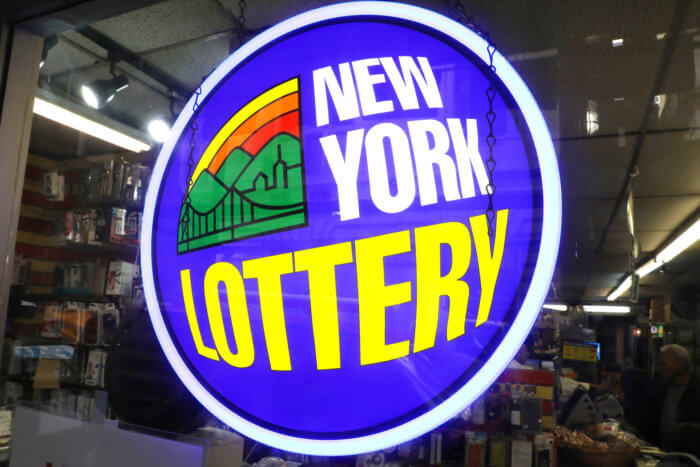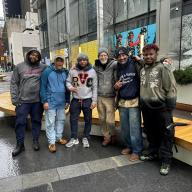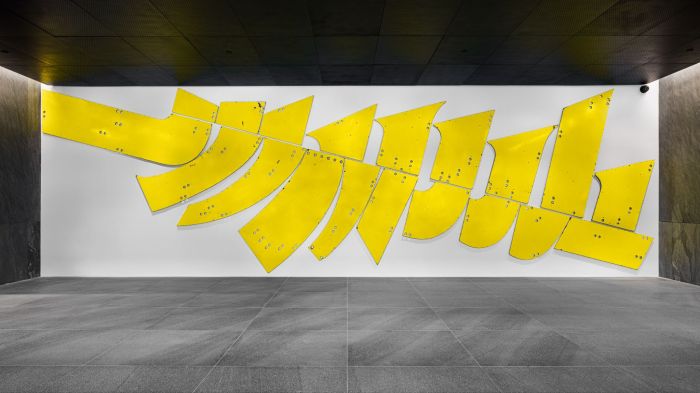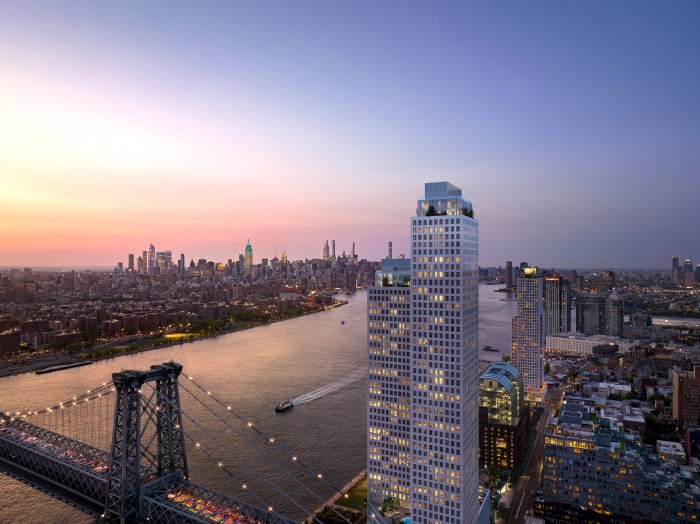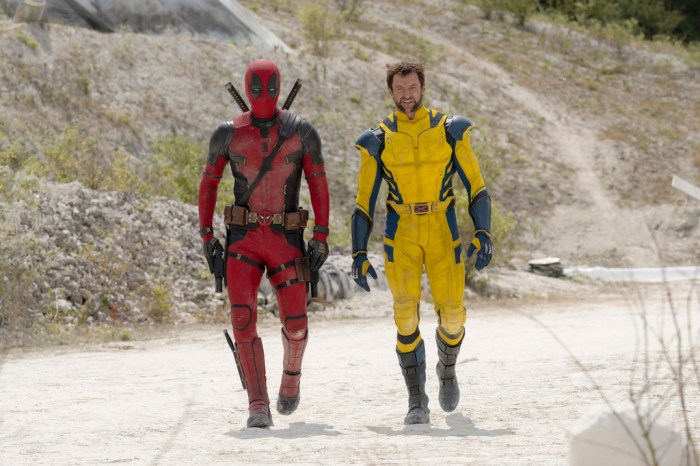Forget crowded subways or sitting in traffic. Brooklynites and all New Yorkers recently celebrated National Bike to Work Day, an unofficial holiday since 1956 that has gained traction in New York in recent years because of Mayor Michael Bloomberg’s efforts to encourage cycling as a form of transportation.
The Department of Transportation teamed with Transportation Alternatives, the cyclist and pedestrian organization, to sponsor an early morning ride from Grand Army Plaza to midtown Manhattan, with a stop for a press conference at City Hall recently. The city has recognized the holiday – which falls in the middle of National Bike Month – since 1990.
It was appropriate that the ride began in Brooklyn, where cycling has emerged as a vital form of transportation. Of the 180 miles of new bicycle lanes the DOT has installed since late 2006, 60 of them are in Brooklyn.
En route to City Hall, the brigade of riders – led by DOT commissioner Janette Sadik−Khan – crossed the Brooklyn Bridge, site of one of six pit stops TA set up to give riders coffee, snacks, and commuter bags.
Included in the commuter bag was a bike safety guide teaching cyclists the importance of careful riding, part of an effort TA is launching to encourage better behavior from cyclists. As part of this effort, TA launched a Web site last week, bikingrules.org.
“Specifically, respect for pedestrians is the biggest thing,” said Wiley Norvell, Communications Director of TA.
“There’s really a connection between bicyclist behavior and the ability of the city to improve conditions for bicyclists. We go to community boards where bike lanes are up for a vote, and the single biggest obstacle is bicyclist behavior. So your actions not only have an impact for safety, but politically, they have an impact on how our streets can change,” he said.
According to figures released by the DOT last December, commuting into Manhattan increased 35 percent in 2008 from its 2007 levels, with the greatest increases on the Williamsburg and Manhattan Bridges.
An average of approximately 12,500 cyclists per weekday were counted crossing DOT checkpoints into Manhattan’s central business district in 2008, up from 9,300 the previous year.
In the last six years, commuter cycling has double in the city, according to the study. And the Bloomberg administration hopes to double the number of bike commuters from a period between 2007 and 2015.
“This unprecedented increase shows we are well on the way toward our goal,” Sadik−Khan said in December.
The biggest increase in commuter traffic was seen on the Williamsburg and Manhattan Bridges, both of which had new bike lanes build on them in 2002.
Since that date, commuter bike traffic over the Manhattan Bridge has jumped from 546 to 2,232 riders per day. On the Williamsburg Bridge, commuters increased from 1,117 to 3,001.
The Brooklyn Bridge has a relatively narrow path shared by both pedestrians and cyclists, which dampens ridership. It has seen a roughly constant number of cyclists over the past two decades.
Using a formula extrapolated from the bridge checkpoint numbers, TA estimates that there are 185,000 daily riders in New York City.
At Friday’s press conference, Sadik−Khan said, “After all these cold, wet seasons, it’s refreshing to see the City’s expanding bike network starting to look the way it’s supposed to – with bikes on them.”
Council member David Yassky joined the riders as well. Yassky is sponsoring a bill that would require places of employment to provide bike access for workers.
“Bikes are booming in New York City,” Yassky said. “More and more, New Yorkers are telling elected officials that they desperately want to bike to work, which would reduce traffic and carbon emissions, and improve public health and air quality.”


